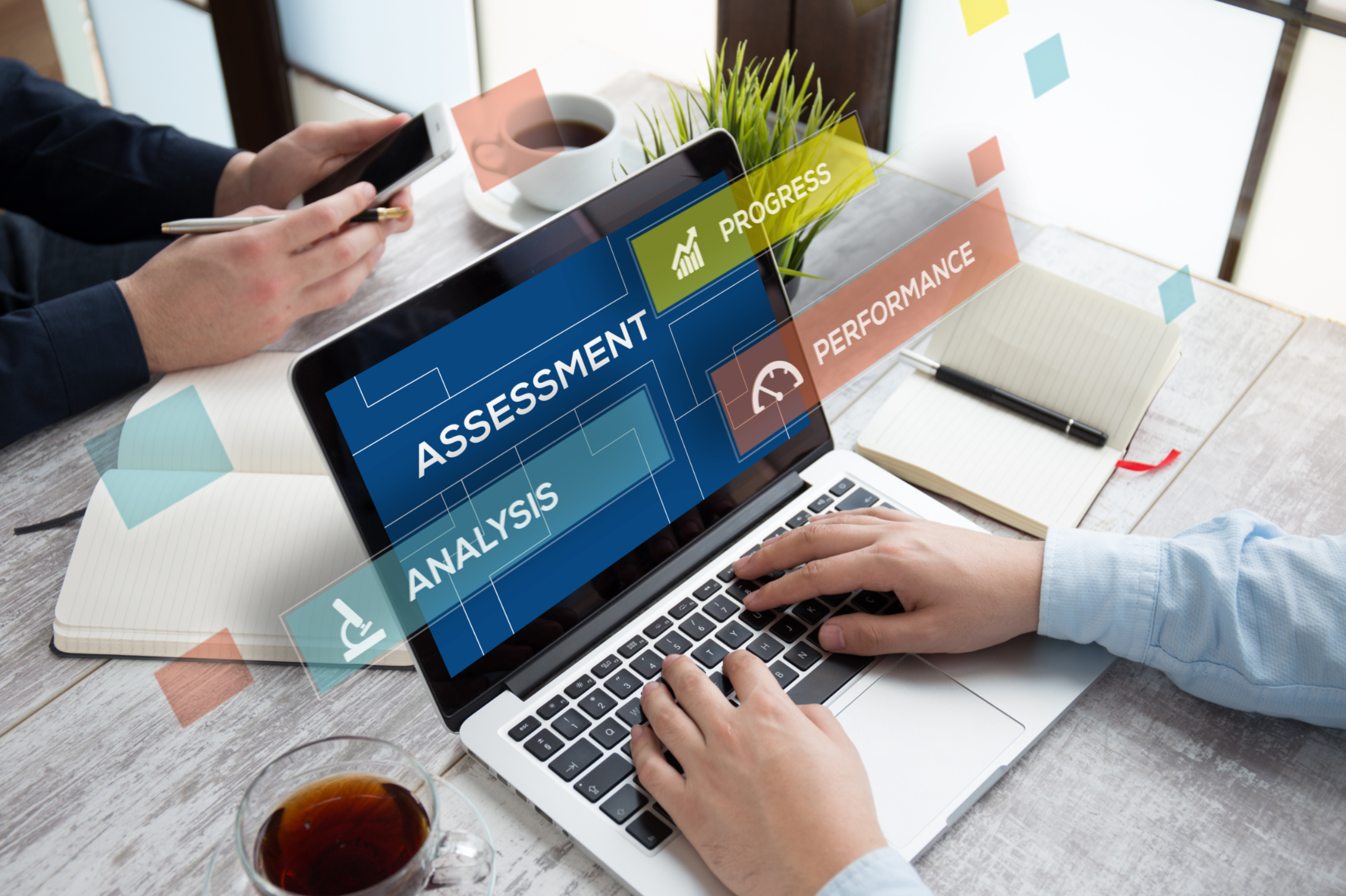Blog
Boost Team Engagement with Communication Audits
|

Blog
Boost Team Engagement with Communication Audits|

Our world is changing at a rapid pace. Organizations must continually adjust and adapt to keep up, all while helping employees stay informed and connected. Communication is an essential engagement tool for team members. A Harvard Business Review study found that more than 80% of employees would rather work for an organization that values open communication.
Yet, organizations struggle to meet these employee expectations. A recent Gallup report showed that U.S. employee engagement has sunk to a 10-year low, with only 31% of employees engaged in 2024.
Relying on familiar, existing communication practices or channels (without evaluating their effectiveness) prevents leaders from effectively connecting with and engaging employees as they navigate technological, cultural and strategic shifts experienced in many organizations.
A communication audit can give leaders a clear picture of how employees engage with communication channels, messages and processes while pinpointing opportunities to improve and align with best practices.
Why prioritize a comprehensive communication audit?
Communication designed to support and empower employees helps drive connection, inspiration and engagement throughout organizations. An audit can provide a clear roadmap for doing so most effectively.
A strategic communication audit can deliver:
- Improved connection: Employees engage differently depending on their roles, communication preferences, age and work arrangements. Leaders can more effectively create connections and build trust with teams when they understand how and when to deliver various types of messages – and when they ask for employee feedback. Customizing communications and developing open lines of communication grounded in employee input helps employees feel seen, heard and valued.
- Better understanding and alignment: Employees can easily become disengaged by inconsistent or vague messaging. Clear, consistent messages help team members understand the organization’s priorities. HR Brew found approximately 53% of workers who received daily or weekly communication from their employer were ‘very familiar’ with their company’s goals, objectives and mission, while only 19% of workers who received messages less than quarterly or monthly reported the same. Understanding opportunities to create clarity helps leaders share a unified message that aligns team members around your organization’s purpose and strategy – as well as how they can best support.
- Boosted engagement and performance: An engaged workforce drives better results, fueling productivity and morale. Harvard Business Review shared that employees who get enough information to do their job well are 8 times more likely to be engaged, and business units that have engaged workers report 23% higher profits.
Developing an effective communication audit
Effective communication audits begin with active listening – both to understand team member experiences and to identify future opportunities for feedback and adjustments. Consider the following questions as you outline the scope and focus of your communication audit:
- What are our goals? Consider the role communication has in your organization’s overall success. For example, you may want to increase employee satisfaction scores, improve employee retention rates or influence team performance against an operational target. Clear, measurable goals provide boundaries for an audit.
- What do we need to understand? Consider what information you are able to collect and observe today related to how employees use and engage with communication. Are there areas where you don’t have visibility or access to data to that explains how employees are interacting with existing communication?
- How will we assess current processes? Once you understand what questions you’re trying to answer, outline a list of criteria that will give you a concrete understanding of current performance. This could be channel engagement rates, team member perception of a channel’s effectiveness or how well content aligns to your brand guidelines and brand voice.
- How do we compare to best practices? Review guidance around effective, accessible internal communication best practices to identify any potential gaps in your audit structure or new areas to explore.
Download our guide to developing an internal communication audit for a more comprehensive list of discussion questions to review before beginning a communication audit:
Activating communication audit findings
A communication audit is valuable only when its findings lead to a concrete plan for meaningful change The implementation phase typically includes the following steps:
- Review communication audit findings and outline key learnings, highlights and insights
- Get buy-in from leaders and stakeholders
- Develop a recommended communication channel framework outlining how you’ll leverage audit findings to evolve your existing communication infrastructure
- Prepare a detailed communication plan to ensure team members understand what’s changing and why
- Equip leaders and communicators with the tools and resources needed to bring the organization along through any changes to the way you communicate
- Create and maintain a measurement dashboard to assess communication performance and adjust over time
An internal communication audit is foundational for meaningful and strategic engagement. It equips leaders to design strategies that meet employees where they are and aligns them with a shared vision for the future, all of which supports engagement, retention, productivity and growth.


